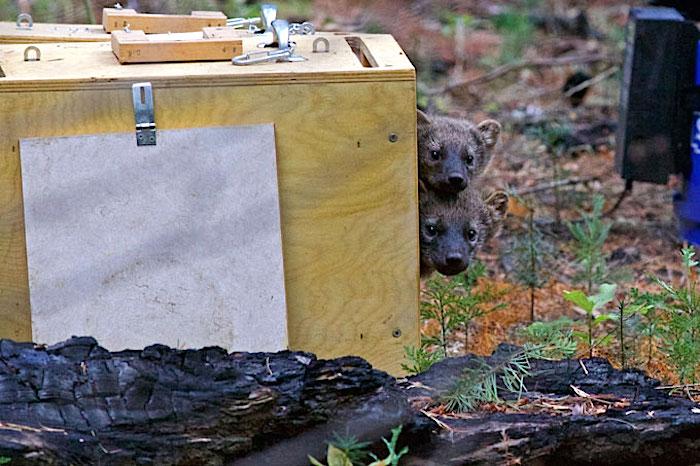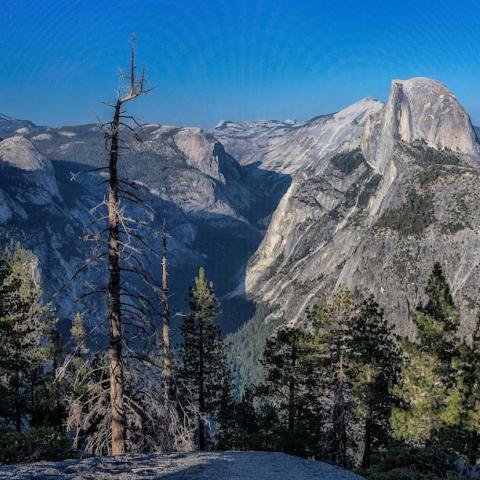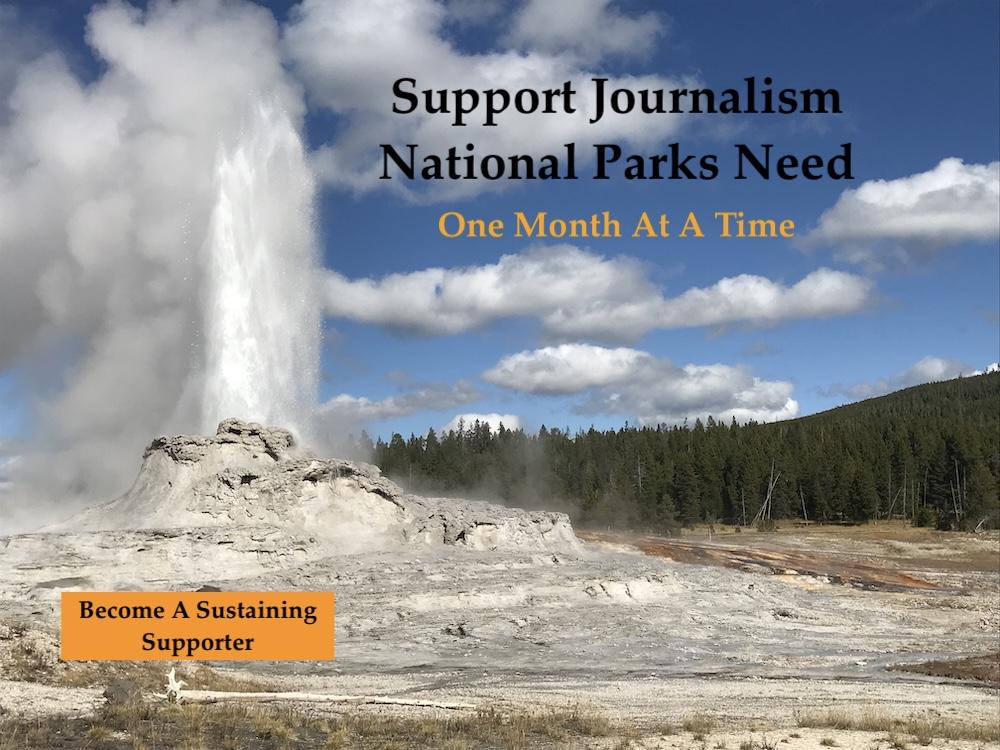
These fisher kits were released in Yosemite National Park last week/NPS
With a little human intervention, fishers just might decide the area of Yosemite National Park north of the Merced River is to their liking and establish a permanent population.
Last week biologists released four fisher kits that had been orphaned when their mothers were killed by predators on U.S. Forest Service lands south of the park. Estimated to be approximately eight weeks old, the kits were taken to the Fresno-Chaffee Zoo to be cared for until they could eat solid food. They were then moved to an outdoor facility near Oakhurst run by the Fresno Wildlife Rehabilitation Foundation, where they have since grown and learned to hunt live prey.
The release of these kits, now approximately six months old, back into the wild is part of a four-year effort to reintroduce fishers north of the Merced River. Historic records show that fishers once occupied this area, but trapping and logging in the late 1800s and early 1900s likely led to their local extinction. Despite over 70 years of protection, fishers have failed to successfully recolonize the area.
Biologists hope that human-assisted migration north of Yosemite Valley and across the Merced River barrier may help increase the long term viability of the population by expanding its distribution. National Park Service and Forest Service biologists will work together to monitor these four kits. If they survive at rates similar to other juvenile fishers, the population will be augmented in the following years with additional orphans that would have otherwise died if they had not been rescued by researchers.
The small, isolated population of fishers in the southern Sierra Nevada is listed as threatened by the state and is under consideration for federal listing. This is due to fire, habitat loss, and other environmental threats. This project was made possible with generous support from Yosemite Conservancy. Other partners include the U.S. Forest Service, U. S. Forest Service Pacific Southwest Research Station, Central Sierra Environmental Resource Center, Fresno-Chaffee Zoo, and the Fresno Wildlife Rehabilitation Foundation.




 Support Essential Coverage of Essential Places
Support Essential Coverage of Essential Places






